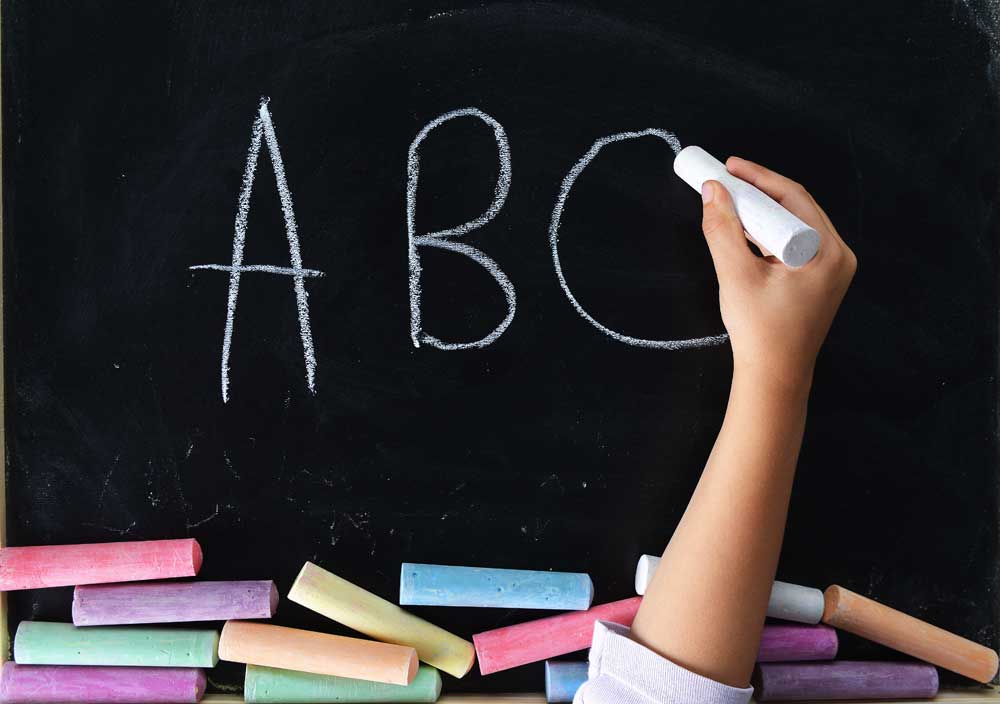 The PAF program is full of strategies, not only based on phonemic awareness, but overall textual awareness that can also support a reader who is struggling with the process, including students with dyslexia. The textual awareness aspect of reading is how the reader is able to give insight about what they read.
The PAF program is full of strategies, not only based on phonemic awareness, but overall textual awareness that can also support a reader who is struggling with the process, including students with dyslexia. The textual awareness aspect of reading is how the reader is able to give insight about what they read.
When given the opportunity to discuss a topic or concept, textual awareness allows a student to make a connection to the reading that the student may not have been able to make otherwise because they are struggling to read a passage. PAF suggests that when presenting a specific reading passage or book to the student, to discuss what they may already know about the topic.
By creating a foundation for discussion that is related to the text, the teacher initiates what is referenced as, “teacher language.” This exercise is one that absorbs what the student brings to the discussion, from their previous knowledge, and crafting different types of questions to get the student to think on many different levels. Allowing the student to discuss what they know or what they are thinking provides them with an avenue to feel successful and develop a better understanding for the text.
Where students once had difficulty synthesizing what was being read, with PAF there already is a general base of information that helps the student to connect what they are reading to the information previously discussed. Checking in with the student as they read also solidifies their ability to comprehend. Eventually the letters on the page form into words that contain valuable and interesting information.
When this occurs, the student is incredibly excited to continue the text. When reading difficulty arises, it is no longer something that makes a student want to give up. Instead, it makes them want to preserve because they crave the information that is waiting to be discovered by reading the book.
Teachers, here is an example:
“Today we are going to read, a book on giraffes. I believe there are some very interesting things about giraffes in this book, but I want to see what you already know.”
Students could reference the height, the long neck, the colors, the patches that have different shapes, even the fact that the giraffe has a purple tongue. Any of this information springboards their thinking about the selected topic. Depending on what is discussed, you can also scaffold their thinking if the text references location, nutrition, and other ideas.
“Can anyone tell me where giraffes live?” “Has anyone ever seen a giraffe in person?” “Where is a place that you can see a giraffe?” If this discussion falls short, you can also start with a visual a giraffe.
These questions, in addition to many others will help create a sense of ownership over the material before they even begin to read. It also presents intrigue because perhaps the questions asked weren’t answered, so there is suspense that will linger until the answers unfold via the text.
In these ways, educators can do more to get students excited about reading and help them to ultimately succeed.
Written by: Editorial Team, My Learning Springboard, Inc. PAF is an Orton-Gillingham based reading intervention for students with dyslexia, language-based learning disabilities, and reading disorders. PAF stands for “Preventing Academic Failure.” PAF is an interesting name for a program because preventing something usually has a negative connotation. To prevent forest fires, one must be very cautious while hiking in the woods. To prevent lung cancer, one must avoid cigarettes and being around those who smoke.
PAF is an Orton-Gillingham based reading intervention for students with dyslexia, language-based learning disabilities, and reading disorders. PAF stands for “Preventing Academic Failure.” PAF is an interesting name for a program because preventing something usually has a negative connotation. To prevent forest fires, one must be very cautious while hiking in the woods. To prevent lung cancer, one must avoid cigarettes and being around those who smoke. Is your child more hooked on the iPad than they are phonics? Well, you are not alone. This seems to be the case with many young children.
Is your child more hooked on the iPad than they are phonics? Well, you are not alone. This seems to be the case with many young children. ADD/ADHD is a controversial topic in education and psychology—some people accept it as a real problem that requires treatment (and sometimes medication) while others dismiss it, attributing ADD/ADHD to a lack of self-discipline. Or, put more simply, kids being kids.
ADD/ADHD is a controversial topic in education and psychology—some people accept it as a real problem that requires treatment (and sometimes medication) while others dismiss it, attributing ADD/ADHD to a lack of self-discipline. Or, put more simply, kids being kids. One of the reasons I’m qualified to be a
One of the reasons I’m qualified to be a